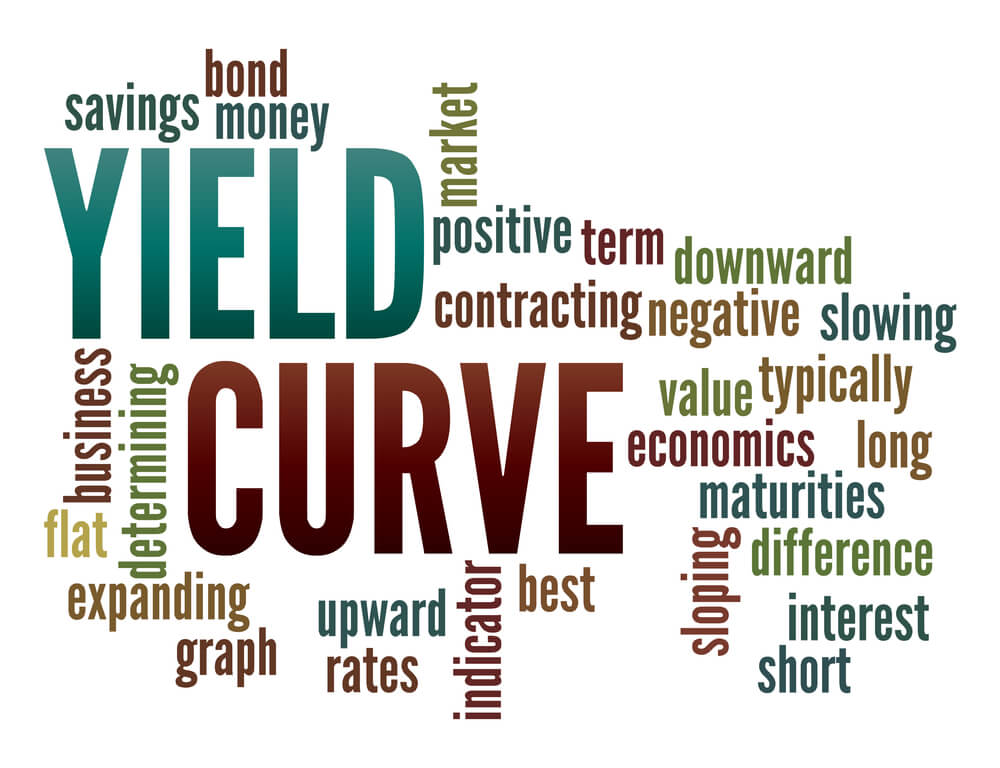Investors are right to be concerned about threats to the economy, most notably growing trade tensions with China and rising interest rates.
Also, earlier this month, the yield on the five-year Treasury dropped below the two-year and three-year Treasury yields, inverting the curve for the first time since 2007.
Yes, the yield curve’s track record is historically strong at predicting an incoming recession. In fact, the yield curve on the two-year Treasury has exceeded the 10-year ahead of each of the past three recessions with a lead time of about 16 months.
But, according to The Hill opinion contributor and chief economist at Ameriprise Financial Russell Price, the recent inversion of the yield curve isn’t the end all, be all when it comes to recession predictors.
Historically, the yield curve has been a good predictor of recessions as it reflects the bond market’s reaction to growing imbalances in the economy — imbalances that often lead to recession.
In such circumstances, the right move for bond investors is often to purchase longer-dated bonds as they should produce the best price gains if interest rates fall during an economic downturn.
Currently, however, we believe signs of economic imbalances appear slim. The most significant imbalance that can, and often does, develop late in an expansion period is excessive consumer debt.
Consumers account for nearly 70 percent of U.S. economic activity, so their financial health matters greatly to the economy’s intermediate-term prospects. Indeed, ahead of each recession mentioned above, consumer debt burdens had become elevated.
In contrast, consumer debt burdens today are relatively low. The Federal Reserve’s Financial Obligations Ratio, which looks at required consumer financial obligations in relation to their disposable income, has barely budged off its post-recession lows despite more than nine years of economic recovery.
In fact, the measure is currently in the same range as seen in the early 1980s when excessive interest rates made any form of debt ill-advised.
What’s behind the yield curve inversion?
Our belief that the U.S. economy currently stands on sound footing, however, does little to answer the question of why the yield curve may be flirting with inversion. After all, under normal circumstances, investors should require compensation for the added risk of lending their money for a longer period of time.
There is no way to aggregate bond investor reasoning, but the risk inherent in the U.S. and China trade dispute stands as a likely driver of investor caution — just as it has been in equity markets. Yields are also reflective of bond investor expectations for the future level of interest rates, inflation and other factors.
There are also some unusual circumstances going on in the Treasury market that should be considered. Upward pressure on the very short-end of the Treasury yield curve is understandable given Federal Reserve interest rate hikes.
Yet all along the curve, bond prices are being influenced by a record amount of new Treasury issuance required to finance record government deficits. This is a drastic departure from the historical norm where government borrowing needs typically moderate during expansions.
At the end of November, U.S. federal government debt outstanding and held by the public was a massive $1.125 trillion above its year-ago levels.
Additionally, the bond market is also being asked to absorb the significant supply coming from Federal Reserve balance sheet reduction efforts. The Fed’s balance sheet reduction program just recently hit full-speed.
Starting in October, the Fed is allowing $30 billion per month of Treasury securities and $20 billion of mortgage-backed securities to mature without reinvestment.
Sometimes, perception equals reality.
The yield curve’s impressive track record implies respect, not infallibility. Although we currently forecast U.S. real economic growth to decelerate in 2019 to 2.4 percent from about 3.0 percent in 2018, we believe recession odds remain low.
We could see the likelihood of a recession increase, should the relationship between the U.S. and China experience significant further deterioration. There is also always the risk that the Fed could mistakenly hike interest rates beyond what the economy can absorb.
For investors, the ultimate accuracy of the recession signal may not matter. Recession or not, financial markets are likely to respond to its message and worry about its accuracy later.
Investors are instinctively driven to react to such signals, and the algorithms that drive much of today’s daily stock market trading volumes are programed to be sensitive to such developments as well.
